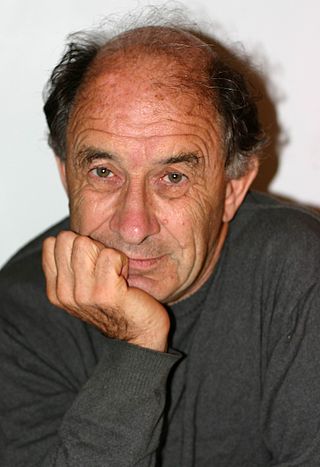
Vladimir Igorevich Arnold was a Soviet and Russian mathematician. While he is best known for the Kolmogorov–Arnold–Moser theorem regarding the stability of integrable systems, he made revolutionary and deep contributions in several areas including geometrical theory of dynamical systems theory, algebra, catastrophe theory, topology, algebraic geometry, symplectic geometry, symplectic topology, differential equations, classical mechanics, differential geometric approach to hydrodynamics, geometric analysis and singularity theory, including posing the ADE classification problem, since his first main result—the solution of Hilbert's thirteenth problem in 1957 at the age of 19. He co-founded two new branches of mathematics—KAM theory, and topological Galois theory. He is widely regarded as one of greatest mathematicians of all time.
In mathematics, a symplectomorphism or symplectic map is an isomorphism in the category of symplectic manifolds. In classical mechanics, a symplectomorphism represents a transformation of phase space that is volume-preserving and preserves the symplectic structure of phase space, and is called a canonical transformation.
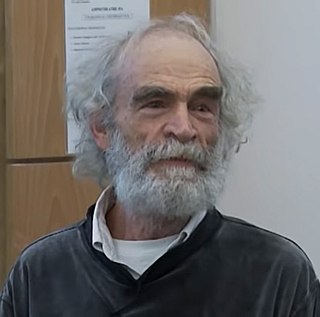
Mikhael Leonidovich Gromov is a Russian-French mathematician known for his work in geometry, analysis and group theory. He is a permanent member of Institut des Hautes Études Scientifiques in France and a professor of mathematics at New York University.

Jürgen Kurt Moser was a German-American mathematician, honored for work spanning over four decades, including Hamiltonian dynamical systems and partial differential equations.

Louis Nirenberg was a Canadian-American mathematician, considered one of the most outstanding mathematicians of the 20th century.

Andreas Floer was a German mathematician who made seminal contributions to symplectic topology, and mathematical physics, in particular the invention of Floer homology. Floer's first pivotal contribution was a solution of a special case of Arnold's conjecture on fixed points of a symplectomorphism. Because of his work on Arnold's conjecture and his development of instanton homology, he achieved wide recognition and was invited as a plenary speaker for the International Congress of Mathematicians held in Kyoto in August 1990. He received a Sloan Fellowship in 1989.
In mathematics, Floer homology is a tool for studying symplectic geometry and low-dimensional topology. Floer homology is a novel invariant that arises as an infinite-dimensional analogue of finite-dimensional Morse homology. Andreas Floer introduced the first version of Floer homology, now called Lagrangian Floer homology, in his proof of the Arnold conjecture in symplectic geometry. Floer also developed a closely related theory for Lagrangian submanifolds of a symplectic manifold. A third construction, also due to Floer, associates homology groups to closed three-dimensional manifolds using the Yang–Mills functional. These constructions and their descendants play a fundamental role in current investigations into the topology of symplectic and contact manifolds as well as (smooth) three- and four-dimensional manifolds.
In mathematics, the Weinstein conjecture refers to a general existence problem for periodic orbits of Hamiltonian or Reeb vector flows. More specifically, the conjecture claims that on a compact contact manifold, its Reeb vector field should carry at least one periodic orbit.
The Oswald Veblen Prize in Geometry is an award granted by the American Mathematical Society for notable research in geometry or topology. It was funded in 1961 in memory of Oswald Veblen and first issued in 1964. The Veblen Prize is now worth US$5000, and is awarded every three years.

Yakov Matveevich Eliashberg is an American mathematician who was born in Leningrad, USSR.
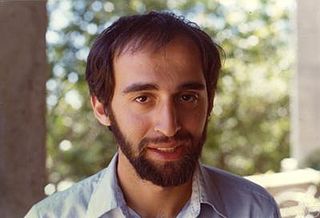
Sergiu Klainerman is a mathematician known for his contributions to the study of hyperbolic differential equations and general relativity. He is currently the Eugene Higgins Professor of Mathematics at Princeton University, where he has been teaching since 1987.
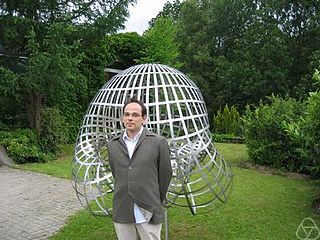
Paul Ian Biran is an Israeli mathematician. He holds a chair at ETH Zurich. His research interests include symplectic geometry and algebraic geometry.
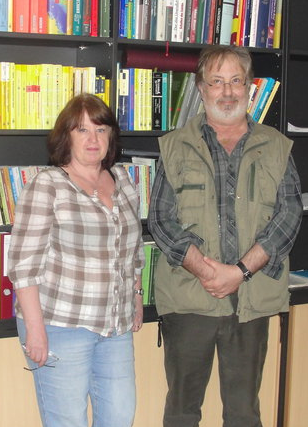
Maurice A. de Gosson, is an Austrian mathematician and mathematical physicist, born in 1948 in Berlin. He is currently a Senior Researcher at the Numerical Harmonic Analysis Group (NuHAG) of the University of Vienna.

Helmut Hermann W. Hofer is a German-American mathematician, one of the founders of the area of symplectic topology.
In mathematics, the Conley–Zehnder theorem, named after Charles C. Conley and Eduard Zehnder, provides a lower bound for the number of fixed points of Hamiltonian diffeomorphisms of standard symplectic tori in terms of the topology of the underlying tori. The lower bound is one plus the cup-length of the torus (thus 2n+1, where 2n is the dimension of the considered torus), and it can be strengthen to the rank of the homology of the torus (which is 22n) provided all the fixed points are non-degenerate, this latter condition being generic in the C1-topology.

Alexander Nikolaevich Varchenko is a Soviet and Russian mathematician working in geometry, topology, combinatorics and mathematical physics.

Viktor L. Ginzburg is a Russian-American mathematician who has worked on Hamiltonian dynamics and symplectic and Poisson geometry. As of 2017, Ginzburg is Professor of Mathematics at the University of California, Santa Cruz.

Ana M. L. G. Cannas da Silva is a Portuguese mathematician specializing in symplectic geometry and geometric topology. She works in Switzerland as an adjunct professor in mathematics at ETH Zurich.
Dietmar Arno Salamon is a German mathematician.
The Arnold conjecture, named after mathematician Vladimir Arnold, is a mathematical conjecture in the field of symplectic geometry, a branch of differential geometry.












